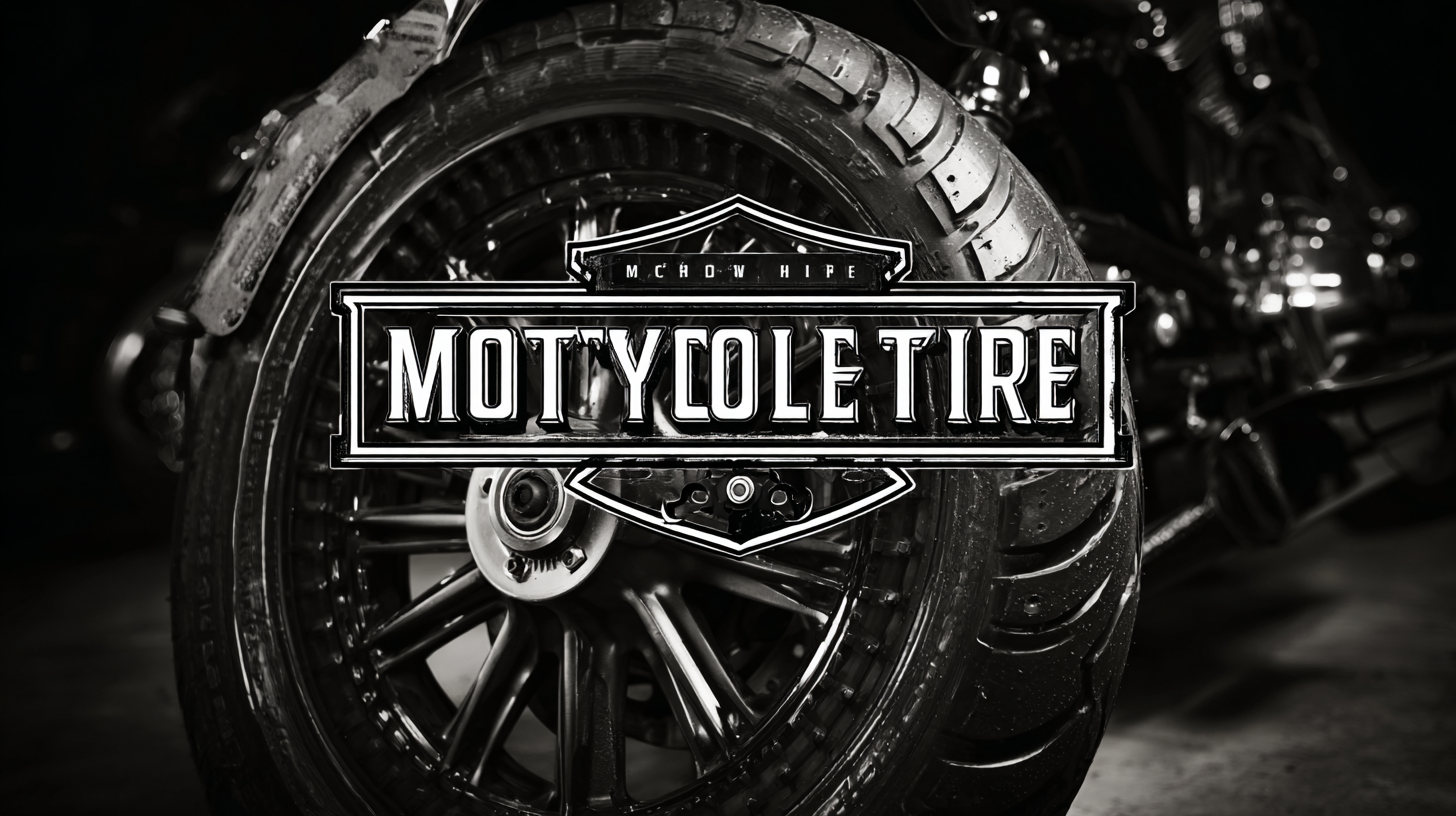In the ever-evolving world of motorcycle enthusiasts, selecting the right motorcycle tire is crucial for both safety and performance. With numerous options flooding the market, ranging from specialized racing tires to rugged off-road variants, riders are often left feeling overwhelmed by the choices available. This blog aims to delve into the diverse landscape of motorcycle tires by exploring alternative choices that may not always headline standard recommendations. We will also touch on the importance of industry import and export certifications, ensuring that riders make informed decisions backed by quality assurance and safety standards. Whether you are a seasoned rider or a newcomer eager to hit the open road, understanding the intricacies of motorcycle tire selection is essential to enhance your riding experience and optimize your bike’s performance. Join us as we unravel the best alternative choices for motorcycle tires currently on the market.

When it comes to selecting the best motorcycle tires on the market, understanding import and export certifications is crucial. Compliance with international standards not only ensures safety but also guarantees that the tires meet stringent quality requirements. Five UN regulations and five standards are currently enforced in Malaysia alone, with additional regulations slated to be introduced soon. This reflects a growing commitment to enhancing tire safety and performance globally, highlighting the manufacturer's adherence to quality control processes.
One of the key certifications to look for is the ISO 9001, which indicates that the manufacturer has implemented a quality management system that meets international standards. Additionally, tires certified under ECE or DOT regulations have passed rigorous testing, ensuring they perform reliably under various conditions. Such certifications provide peace of mind to consumers and can greatly influence purchasing decisions.
Tips: When searching for motorcycle tires, always check for these essential certifications to ensure you are investing in quality products. Moreover, consult industry reports that discuss tire performance metrics, allowing you to make informed choices based on data. Lastly, consider the environmental impact and sustainability practices of tire manufacturers, as these factors are becoming increasingly relevant in today’s market.

When evaluating motorcycle tire performance, several key factors must be considered to ensure not only optimal performance but also rider safety. According to the Motorcycle Industry Council, tire adhesion to the road surface is critical, as it significantly impacts traction under varying weather conditions. A study published in the Journal of Transportation Research indicates that tires with a suitable tread pattern can enhance grip by up to 30% on wet surfaces, reducing the likelihood of skidding and improving overall handling.
Another important aspect to consider is the tire's durability and wear characteristics. The Tire Retread Information Bureau reports that tires designed with higher-grade rubber compounds can extend lifespan by approximately 15-20%, meaning fewer replacements over time. Additionally, tires that maintain consistent performance until they reach wear limits are essential for safety. Research illustrates that tires typically lose their performance capabilities by as much as 40% when worn down, underlining the importance of regular maintenance and timely replacements to ensure optimal riding experience.
When it comes to selecting the best motorcycle tire, it's essential to base your decision on a comparative analysis of leading brands in the market. Different tire manufacturers offer a variety of features, including tread patterns, rubber compounds, and durability, which can significantly affect performance. For instance, brands like Michelin and Bridgestone are often praised for their superior grip and longevity, making them popular choices among both casual riders and performance enthusiasts. In contrast, brands such as Dunlop and Pirelli may appeal to riders looking for a balance between agility and stability, particularly in varied weather conditions.
A data-driven approach allows riders to understand these differences better. By examining metrics such as wear rates, traction under different surfaces, and user reviews, one can make informed decisions tailored to their specific riding style and needs. For instance, testing results might indicate that while one brand excels in dry conditions, another may outperform in wet scenarios. Therefore, utilizing comparative data can help riders choose the right tire that not only enhances safety but also improves overall riding experience.

Consumer preferences play a pivotal role in shaping trends within the motorcycle tire market. As riders become more discerning about their tire choices, manufacturers are compelled to innovate and offer products that meet these evolving demands. Factors such as performance, durability, and sustainability have become essential in attracting consumers. Riders now seek tires that not only enhance their riding experience but also align with their values regarding environmental consciousness and safety.
**Tip:** When choosing motorcycle tires, consider your primary riding conditions. For instance, if you frequently ride in wet or slippery environments, opt for tires designed for maximum grip and water displacement. Conversely, if you mainly ride on highways, durability and fuel efficiency should take precedence.
Additionally, feedback from the riding community significantly influences market offerings. Online forums and social media platforms serve as outlets for enthusiasts to share their experiences, which in turn drives manufacturers to adjust their lines accordingly. This collaboration between consumers and producers fosters a dynamic marketplace that encourages high-quality products.
**Tip:** Stay updated on tire reviews and ratings. Engaging with fellow riders can provide insights into new releases and help you make informed decisions tailored to your riding style.
The motorcycle tire industry is at the cusp of significant transformation, particularly with upcoming models like the TF 250-X set to debut in 2026. This new off-road motorcycle introduces a slew of innovations aimed squarely at enhancing performance in today's competitive landscape. Recent studies indicate that advancements in tire technology can lead to a 15% increase in traction, which is critical for off-road performance. This shift is driven by advancements in material science, including the utilization of advanced rubber compounds designed to provide better grip and durability under diverse riding conditions.
Tips for selecting the best motorcycle tires include understanding specific performance requirements suited to riding style and environment. For instance, riders venturing off-trail should prioritize tires with enhanced tread patterns for superior grip and mud displacement. According to industry reports, the right tire can significantly reduce stopping distances, with some off-road models showing up to a 20% improvement in braking efficiency.
Additionally, keeping abreast of tire innovations can enhance safety and handling. Recent data highlights that tires incorporating innovative technologies, such as self-healing materials and smart sensors for real-time performance monitoring, can substantially improve riding experience. Therefore, when considering your next motorcycle tire, evaluate not just the current performance but also how emerging technologies can factor into your choices for longevity and safety on the road.
TradeManager
Skype
VKontakte

